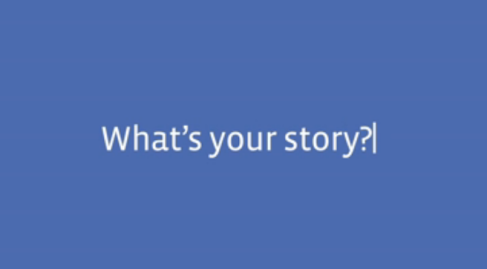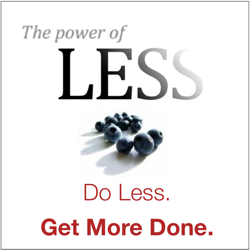
In today’s mobile first, social media obsessed world, many people would rather text or email someone than call them. Most people also prefer to get their news and other information online. The same goes for customer service — especially over social media.
It started off as people going online to vent frustrations about bad service, canceled flights or products that they weren’t happy with. But some savvy brands have realized that good can come from interacting with people who post complaints online. Every negative comment or customer service issue posted online is an amazing opportunity to wow people, provide incredible customer service and win new customers.
Using social media as a customer service tool, and turning dissenters into advocates in a public way, can be fast, easy and accountable. As a consumer, you get heard by everyone and receive rapid service. As a brand, you can prove you care, go the extra mile and that you are listening. Before long, managing customer service over social media is going to become the standard expectation.
At my social media firm, we teach brands how to engage with consumers and provide actionable customer service over social media. Here are five tips for implementing social customer service protocol for your business:
Related: 5 Scary Mistakes to Avoid on Facebook
1. When using Twitter, create a secondary account specifically for customer service. You can reply to a customer tweet from the main account, alerting him or her that you’re aware of the issue and that the @Username will be contacting them (i.e @AcmeCustomerService). Your customer service account should follow that user, engage with him or her and sort out the issue.
It’s often wise to direct message the user after you’ve made it clear in public that you’re there to help — both for the privacy of the customer and to avoid cluttering the timeline.
2. Reply quickly. It’s best to get back to a comment or complaint within five minutes, when possible. The faster, the better.
3. Let the customer know who they are engaging with. Humanize the experience by letting the customer know he or she is speaking with a real person. For example, “We are very sorry to hear about your experience. We will do whatever we can to help you. — Scott L.” Customers usually appreciate knowing they’re dealing with a person who has a name, rather than a mystery person who’s sending automated messages.
Related: What You Can Learn from Celebrities About Social Media
4. Reply in a friendly and helpful manner. Let the customer know you are concerned and will do everything you can to help them. This is an opportunity to not only help someone but to win additional customers.
And remember, never be aggressive, dismissive or mean. And don’t try to hide or manipulate the issue. Social media is a public forum so everything you post can be seen by anyone.
5. Create a system of checks and balances. Monitor all interactions resolved and unresolved, and review how they played out. Did your team do everything it could to help that customer and win them over as a fan?
How have you resolved customer service issues over social media?
















